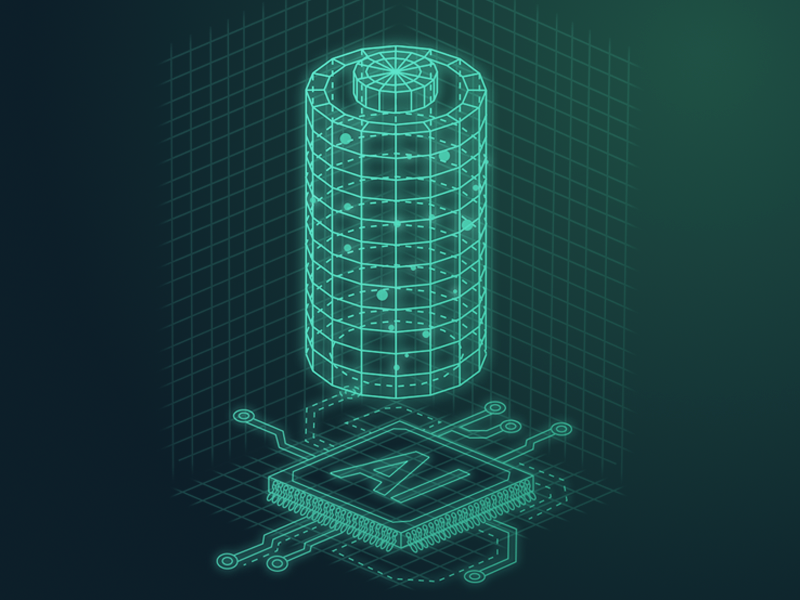Manufacturing battery cells poses significant challenges for companies: stringent quality standards, intricate and interconnected processes, and rejection rates as high as 30%. These challenges drive up production costs and resource usage and entail potential safety hazards.
How can AI help to increase manufacturing productivity?
Data-driven optimization plays a pivotal role in elevating productivity in the realm of battery value creation. Our methodologies rely on the comprehensive aggregation and correlation of data across various processes, harnessing the potential of machine learning (ML) and artificial intelligence (AI) to markedly enhance the manufacturing of LIBs in accordance with the principles of Industry 4.0. Our foremost objective in research and development is the conception and deployment of advanced data-centric and interconnected systems tailored to the specific requirements of the battery industry. Through the application of our data-driven models, we are capable of achieving substantial enhancements, such as:
Predicting product quality
By analyzing production data, we can monitor and predict the quality of the battery cells in real-time, which means that can be detected at an early stage and reduced in the future.
Monitor machine conditions (predictive maintenance)
Our AI models recognize early signs of possible machine failures and determine expected remaining service lives. This allows maintenance work to be scheduled in good time to avoid unexpected downtime.
Understand and optimize production processes faster (resource-saving start-up optimization)
Using data-driven models based on process parameters of the systems and product properties of the intermediate products, we can optimize start-up processes. This helps to save resources, reduce energy consumption, and increase the efficiency of the entire production process.

